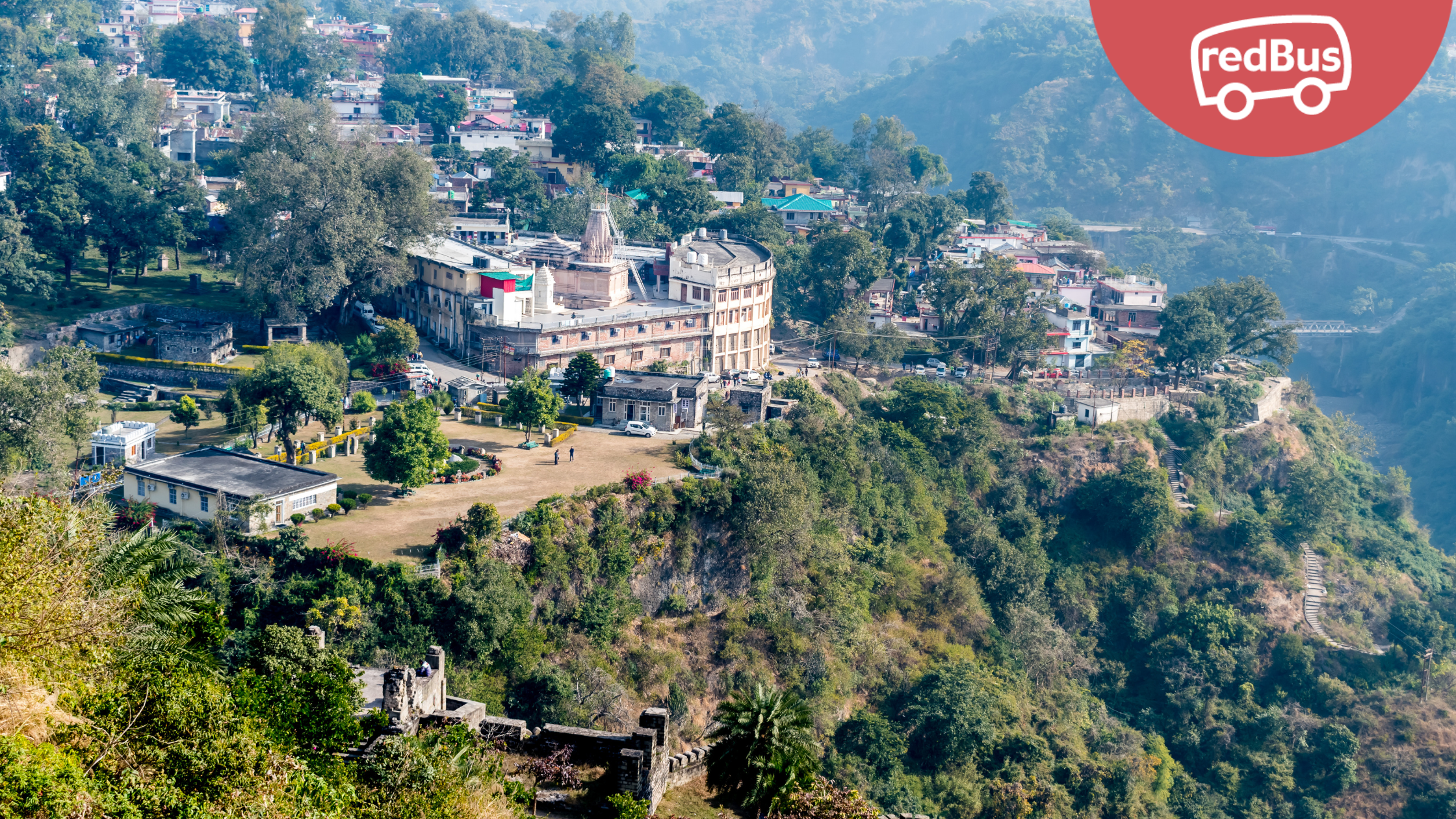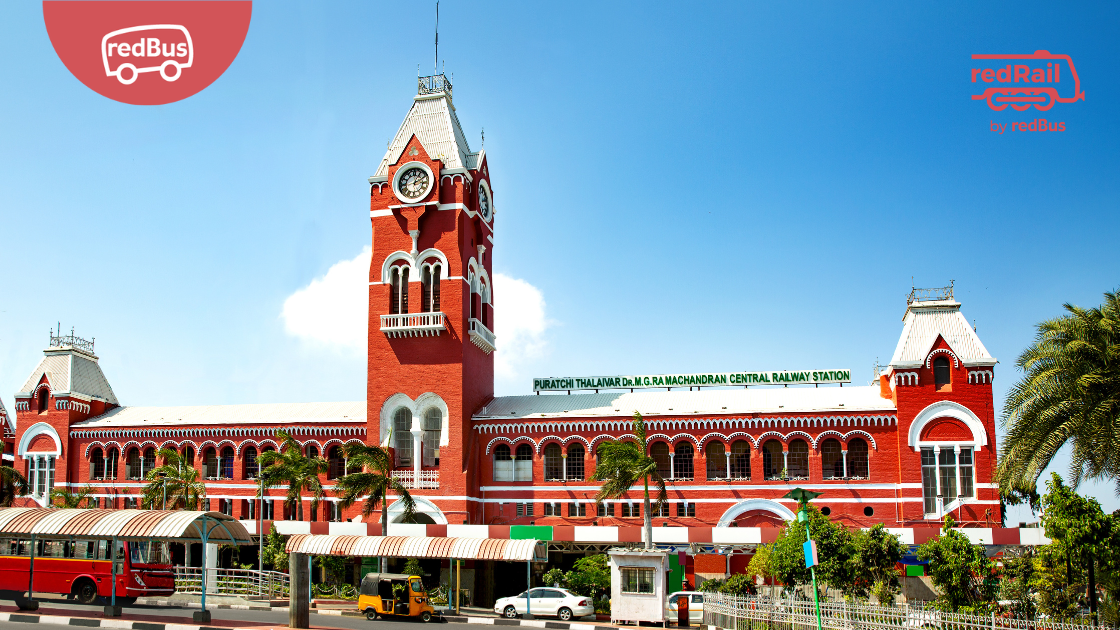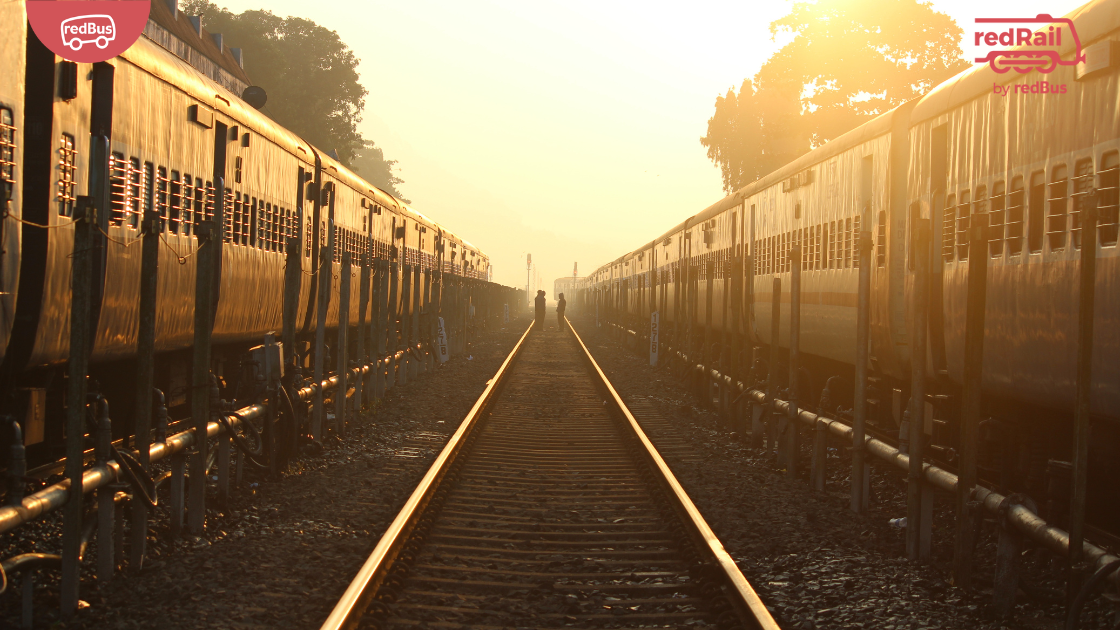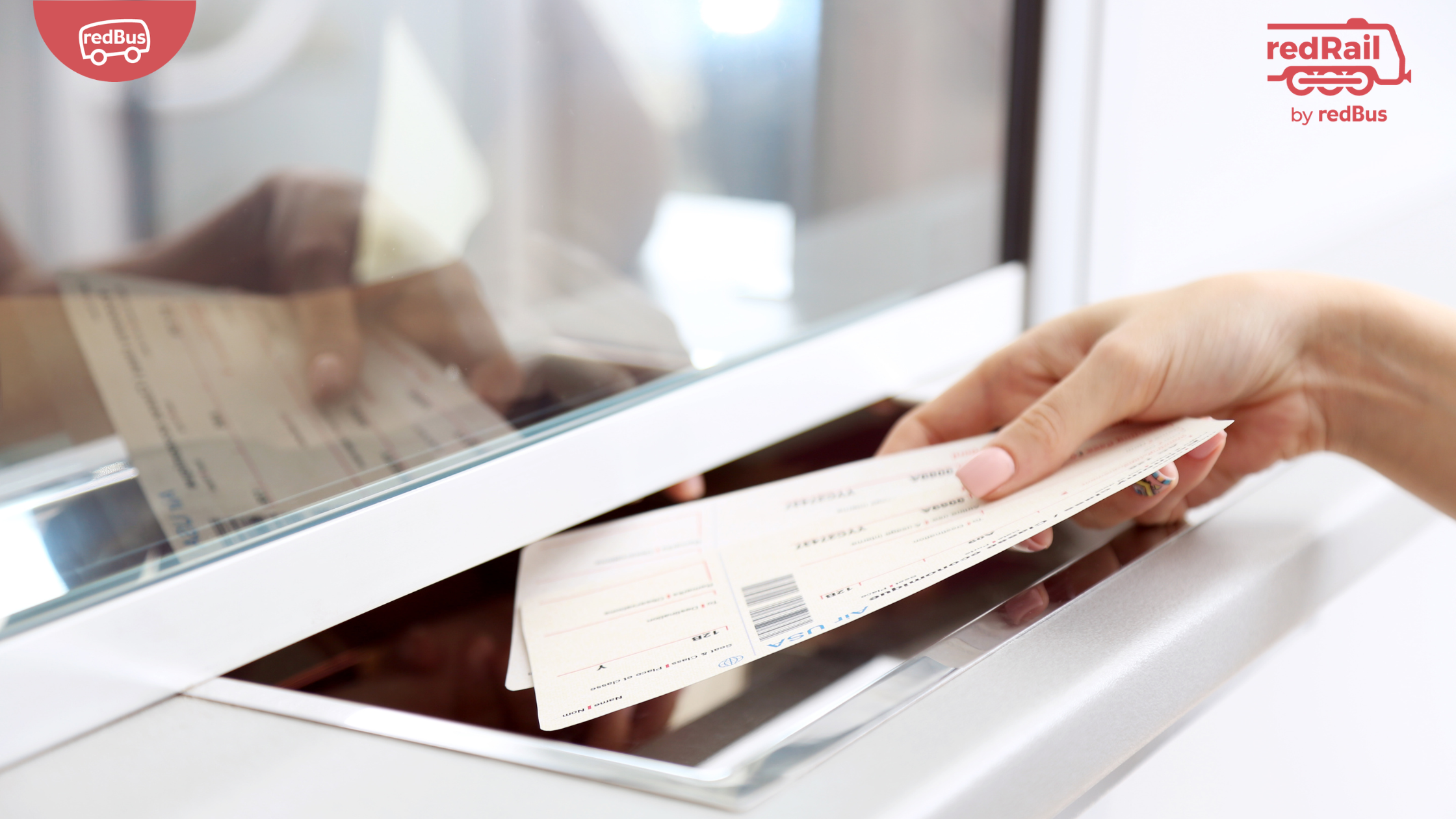India’s railway network is one of the largest and most complex in the world, serving millions of passengers daily across its vast geography. At the heart of this bustling network are the railway stations, some of which handle overwhelming volumes of passengers and trains every day. Millions on passengers book train tickets online and offline to travel from these railway stations. These stations serve as lifelines for commuters, travellers, and goods transportation, providing seamless connectivity across the country. In this blog, we will explore some busiest railway stations in India, known for their non-stop activity, historical significance, and role in keeping the Indian Railways moving.
Popular Busiest Railway Stations in India
Below are some well-known railway stations in India.
1. Howrah Junction (HWH) – Kolkata, West Bengal
Howrah Junction, located on the banks of the Hooghly River in Kolkata, is one of India’s oldest and busiest railway stations. Established in 1854, Howrah Junction is a critical gateway to eastern India and handles approximately 1 million passengers daily. It boasts 23 platforms, making it one of the largest railway stations in the country in terms of capacity.
The station operates long-distance and suburban trains, connecting Kolkata to various parts of India, including Delhi, Mumbai, Chennai, and the Northeastern states. Howrah Junction is known for its seamless integration with other transport modes, including ferry services across the Hooghly River, making it a vital transport hub for the region.
2. New Delhi Railway Station (NDLS) – Delhi
New Delhi Railway Station is the busiest station in North India, located close to Connaught Place, the city’s commercial heart. It handles approximately 500,000 passengers daily, with more than 400 trains passing through its 16 platforms. As the capital’s central railway hub, it connects Delhi to major cities like Mumbai, Kolkata, Chennai, and Bangalore.
The station is known for its massive footfall and high train frequency, particularly due to its service to long-distance trains and Rajdhani Express trains, which provide faster connections to major metros. New Delhi station is also connected to the Delhi Metro, making it a key transit point for commuters and travellers.
3. Chhatrapati Shivaji Maharaj Terminus (CSMT) – Mumbai, Maharashtra
Chhatrapati Shivaji Maharaj Terminus (CSMT), formerly known as Victoria Terminus, is a UNESCO World Heritage Site and one of the busiest railway stations in India. Located in the heart of Mumbai, it serves approximately 3 million passengers daily. The station is an architectural masterpiece with a blend of Victorian Gothic and Indian styles, making it not only a transport hub but also a historical landmark.
CSMT handles both long-distance and suburban trains, making it a crucial part of Mumbai’s bustling railway network. With millions of daily commuters relying on suburban trains, the station is central to the city’s public transportation system.
4. Sealdah Railway Station (SDAH) – Kolkata, West Bengal
Sealdah Railway Station, located in Kolkata, is another key rail terminal in eastern India. It is divided into three sections: Sealdah North, Sealdah Main, and Sealdah South, with each section catering to different routes. The station handles approximately 1.2 million passengers daily, serving both long-distance and suburban trains.
Sealdah connects Kolkata to major cities like Delhi, Mumbai, and Chennai, while also providing extensive suburban train services to the densely populated areas around Kolkata. With its strategic location and heavy passenger traffic, Sealdah is a critical part of the city’s transportation network.
5. Mumbai Central (MMCT) – Mumbai, Maharashtra
Mumbai Central is one of the busiest railway stations in Mumbai, handling both suburban and long-distance trains. Located in South Mumbai, this station connects the city to major parts of India, including Delhi, Ahmedabad, and Jaipur. Mumbai Central is also a significant terminal for the Western Railway network and plays a vital role in the daily commute of millions of Mumbaikars.
The station’s strategic location and connectivity make it a bustling hub, especially for long-distance travellers and those commuting between Mumbai and its surrounding cities. The introduction of the Mumbai-Ahmedabad Tejas Express has added to the station’s significance.
6. Chennai Central (MAS) – Chennai, Tamil Nadu
Chennai Central, officially known as Puratchi Thalaivar Dr. M.G. Ramachandran Central Railway Station, is a prominent railway station in South India, serving approximately 500,000 passengers daily. It is a key gateway for trains heading to various parts of India, including Bangalore, Hyderabad, Mumbai, and Kolkata. Chennai Central is also an important stop for Rajdhani and Shatabdi Express trains. If you are travelling from Chennai to Bangalore, Hyderabad or any other cities in India must board the train from this railway station.
The station is known for its iconic clock tower and British-era architecture. With more than 17 platforms, Chennai Central handles both long-distance and suburban trains, making it a bustling hub for passengers traveling across southern and northern India.
7. Patna Junction (PNBE) – Patna, Bihar
Patna Junction is the busiest railway station in Bihar and one of the busiest in Eastern India, with more than approximately 300,000 passengers passing through every day. The station is a crucial hub, connecting Bihar to key cities like Delhi, Mumbai, Kolkata, and Guwahati.
Patna Junction’s strategic location makes it a key player in facilitating the movement of people within Bihar and beyond. The station has 10 platforms and is known for its heavy passenger footfall, especially during festival seasons when a significant number of travellers return to their hometowns.
8. Ahmedabad Junction (ADI) – Ahmedabad, Gujarat
Ahmedabad Junction is the busiest railway station in Gujarat, handling approximately 200,000 passengers daily. This station connects Gujarat’s largest city, Ahmedabad, to various parts of the country, including Delhi, Mumbai, Kolkata, and Chennai. Ahmedabad Junction also serves as a key terminal for the Western Railway zone.
With 12 platforms, Ahmedabad Junction is known for its efficient handling of passenger traffic and goods transportation. It is also a key station for the Ahmedabad-Mumbai high-speed rail corridor, enhancing its strategic importance.
9. Kanpur Central (CNB) – Kanpur, Uttar Pradesh
Kanpur Central is one of the busiest railway stations in North India, with more than approximately 350,000 passengers passing through daily. Located in Uttar Pradesh, Kanpur Central is a key rail hub that connects northern India to various parts of the country, including Delhi, Kolkata, and Mumbai.
The station has 10 platforms and handles a mix of long-distance and suburban trains. It is known for its high passenger traffic and strategic location on the Delhi-Howrah rail route, one of the busiest rail corridors in India.
10. Bangalore City Railway Station (SBC) – Bangalore, Karnataka
Bangalore City Railway Station, also known as Krantivira Sangolli Rayanna Railway Station, is the busiest railway station in Karnataka. Located in the heart of Bangalore, it serves approximately 200,000 passengers daily. The station connects Bangalore to major Indian cities like Mumbai, Chennai, Hyderabad, and Delhi, making it a vital part of the city’s transportation network.
With 10 platforms, Bangalore City Railway Station handles both long-distance and suburban trains. The station’s modern facilities and strategic location make it a hub for travellers commuting in and out of India’s tech capital.
Conclusion
India’s busiest railway stations are more than just transit points; they are bustling hubs of energy, culture, and commerce, reflecting the diversity and pace of the country. These stations handle millions of passengers daily, ensuring seamless connectivity across the vast railway network that spans the nation. Passengers book train tickets, check PNR status and track train running status to experience a seamless travel from these railway stations. From the historical grandeur of Howrah Junction to the architectural marvel of Chhatrapati Shivaji Maharaj Terminus, each station has its own story, playing a critical role in the lives of millions of Indians.
These railway stations are vital in maintaining the flow of passengers and goods, supporting the economy, and keeping India moving. With ongoing upgrades and expansions, these stations will continue to evolve, embracing modern infrastructure and technology while remaining integral to the nation’s cultural fabric. Whether you’re a daily commuter or a long-distance traveller, these bustling stations serve as a reminder of the vastness and vibrancy of India’s railway system. So, what are you waiting for? Explore any one of the busiest railway stations in India by booking train tickets on redRail.












